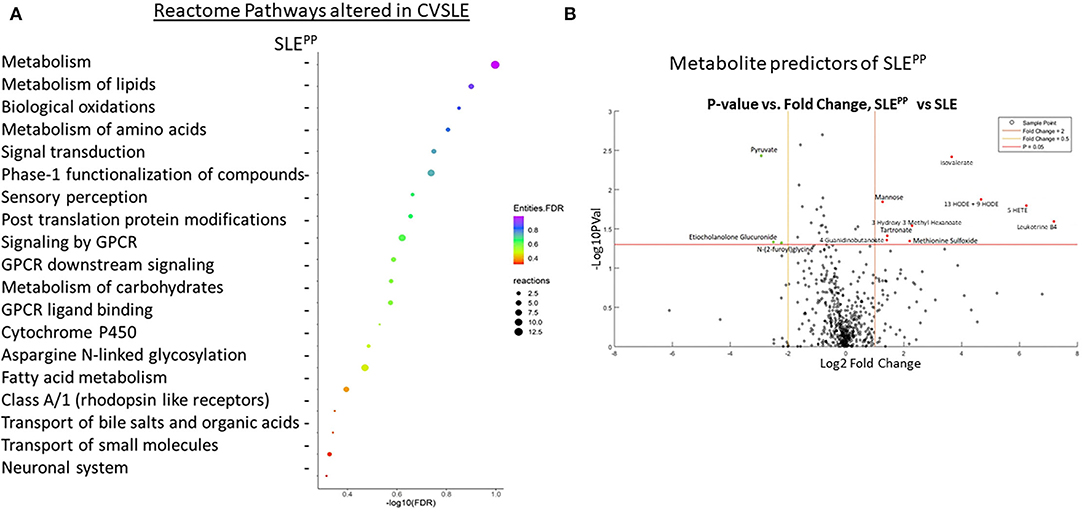ヒューストン大学の専門家が心臓病とループス腎炎の子どもたちのバイオマーカーを同定 University of Houston Expert Identifies Biomarkers for Heart Disease and for Children with Lupus Nephritis
2022-06-02 ヒューストン大学(UH)
どのループス患者が将来心臓病を発症するかを予測する血液バイオマーカーを特定し、ループスを持つ子供のループス腎炎(LN)を診断する新しい尿バイオマーカーを発見しています。
<関連情報>
- https://uh.edu/news-events/stories/2022-news-articles/june-2022/06022022-lupus-biomarkers-children-heart-chandra-mohan.php
- https://www.frontiersin.org/articles/10.3389/fcvm.2022.861724/full
ロイコトリエン代謝産物のベースライン上昇とプラズマローゲンの変化は全身性エリテマトーデスのプラーク進行の予後バイオマーカーである。 Baseline Elevations of Leukotriene Metabolites and Altered Plasmalogens Are Prognostic Biomarkers of Plaque Progression in Systemic Lupus Erythematosus
Sahar Baig, Kamala Vanarsa, Huihua Ding, Anto Sam Crosslee Louis Sam Titus, Maureen McMahon and Chandra Mohan
Frontiers in Cardiovascular Medicine Published:16 May 2022
DOI: https://doi.org/10.3389/fcvm.2022.861724

Systemic lupus erythematosus (SLE) is associated with an increased incidence of acute and chronic cardiovascular disease as compared to the general population. This study uses a comprehensive metabolomic screen of baseline sera from lupus patients to identify metabolites that predict future carotid plaque progression, following 8–9 years of follow-up. Nine patients had SLE without plaque progression, 8 had SLE and went on to develop atherosclerotic plaques (SLEPP), and 8 patients were controls who did not have SLE. The arachidonic acid pathway metabolites, leukotriene B4 (LTB4) and 5-hydroxyeicosatetraenoic acid (5-HETE), and the oxidized lipids 9/13-hydroxyoctodecadienoic acid (HODE) were found to be significantly altered (p < 0.05 and fold-change >2) in SLEPP patients compared to SLE patients without plaque progression. SLEPP patients also exhibited significantly altered levels of branched chain amino acid (BCAA) metabolites and plasmalogens compared to the non-SLE controls. Taken together with the rich literature on these metabolites, these findings suggest that the identified metabolites may not only be prognostic of cardiovascular disease development in SLE patients, but they may also be active drivers of atheroma formation. Early identification of these high risk SLE patients may help institute preventive measures early in the disease course.


